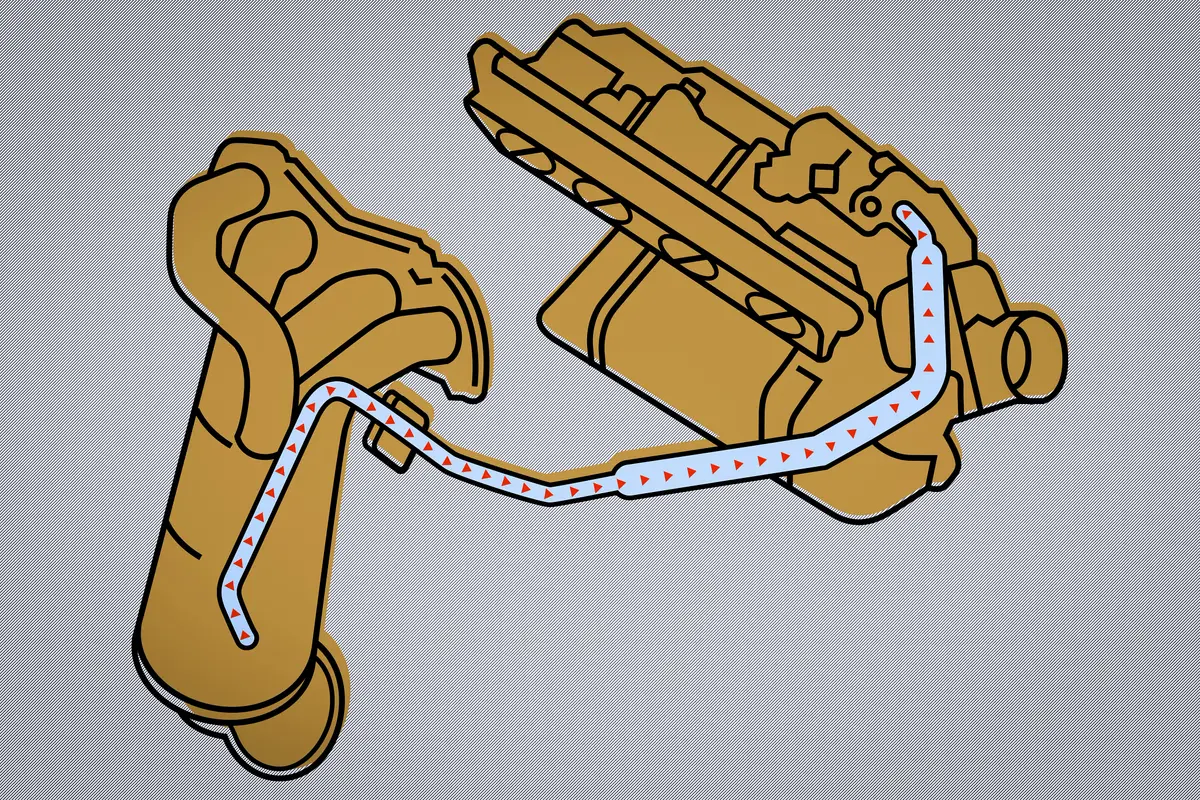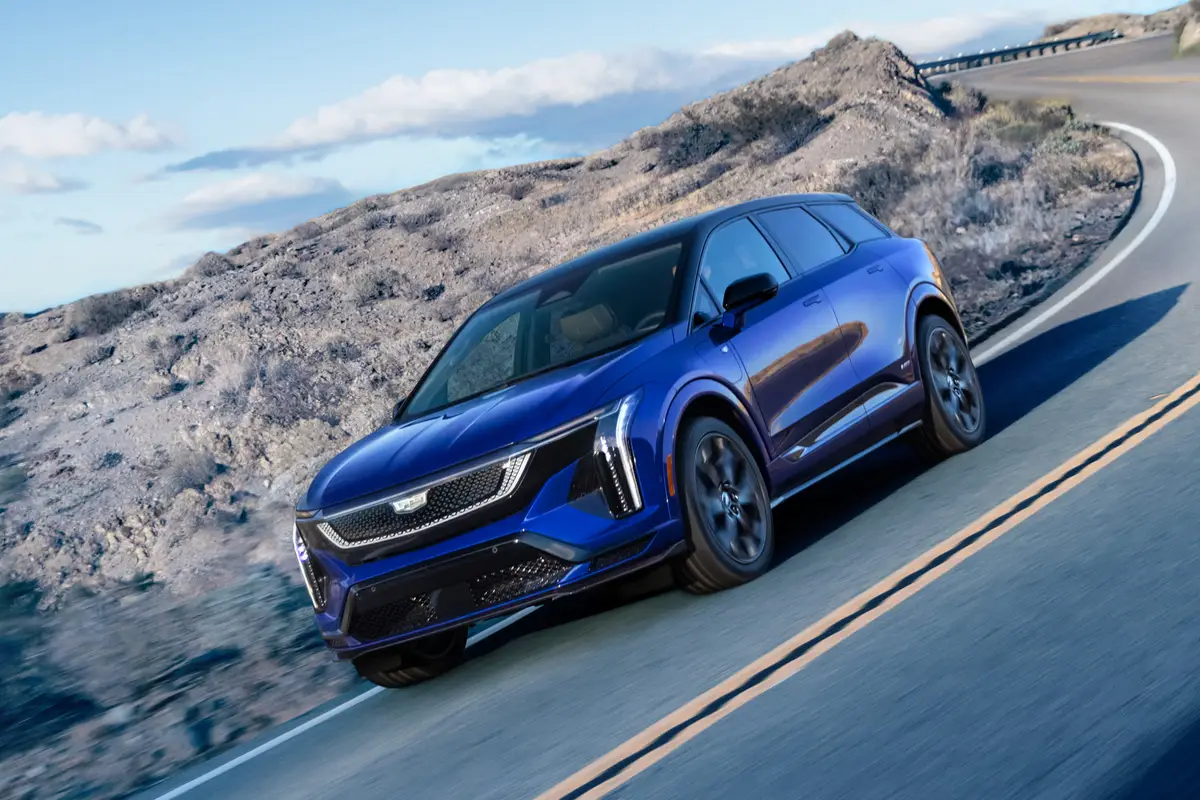Star-Telegram.com's view
The Range Rover Sport once seemed quite expensive to me, with its starting price in the upper $50,000s.
While that’s still quite pricey for many (if not most) car shoppers, it doesn’t seem to be such an elite point anymore, now that the redesigned Toyota Land Cruiser begins at $63,000, and the Volkswagen Touareg diesel starts at $68,000.
That puts this very nice Range Rover model at a price advantage over two SUVs that don’t even have luxury brand names.
Perhaps that makes the 2008 Range Rover Sport a real bargain, depending on how you look at such things.
Adding to the “bargain” position is the news that the ALG has given the ’08 Sport its Residual Value Award in the luxury crossover utility vehicle segment.
That means the Sport would be expected to have the highest residual value vs. the original selling price among the vehicles in its class at the end of a three-year lease. Lots of consumers in this price class lease their vehicles, and the residual value at the end of the lease is a big part of the value equation.
Besides the decent starting price (for a luxury SUV) and predicted strong resale value, the Range Rover Sport is fun to drive, both on and off the road –but especially off the road.
Land Rover, the British luxury-SUV maker that was purchased by Ford Motor Co. from Germany’s BMW in 2000, rolled out the Range Rover Sport for 2006.
It’s intended to be an entry-level Range Rover, as the Range Rover models that don’t have “Sport” tacked onto the end of their names begin at $77,000, and range to nearly $93,000 (plus special options and packages).
The Sport is built on a different chassis from the full-blown Range Rover, but shares engines, transmissions and some other components.
And for most of us, it would be a fine addition to our driveways, whether we could afford the more-expensive Range Rovers or not.
There are two versions of the Sport.
Our tester was the normally aspirated (non-supercharged) HSE model, which comes with the under-$60,000 starting price.
The other is the Supercharged model, whose base price is about $71,000. That’s still thousands below the price of the regular Range Rover, and way below the Supercharged Range Rover, which begins at $93,000.
The prestige of the Range Rover name alone would be enough to persuade some consumers to choose the Sport over either the Land Cruiser or Touareg.
But beyond the name, there’s something special about a Range Rover that makes it worth having.
And while Ford is now exploring options for selling its Land Rover and Jaguar divisions, I’m glad the big American automaker has had at least a few years of influence on both of those British premium brands.
That’s because Ford’s corporate philosophy of ensuring that “Quality is Job One” has worked to improve both of these brands significantly. Putting some sport into the sport utility genre – especially for people who can afford expensive vehicles – was the idea behind creation of the Sport.
Under the hood of the base model is a 4.4-liter V-8 engine with 300 horsepower and 315 foot-pounds of torque.
That engine is connected to a smooth six-speed automatic transmission.
EPA fuel-economy ratings are 12 miles per gallon city/18 highway, about typical for a vehicle in this class.
Also standard is a permanent fulltime four-wheel-drive system, which includes a two-speed transfer case with low-range gearing for serious off-road driving.
In Land Rover’s U.S. lineup, the Sport fits between the midsize Land Rover LR3, which begins about $42,000, and the regular Range Rover line.
The LR3 was introduced for 2005 to replace the aging Discovery model. It shares its basic architecture with the Range Rover Sport, a chassis designed by Land Rover under Ford ownership.
The more-expensive Range Rover is slightly larger and on a chassis that was developed while Land Rover was part of BMW.
Land Rover designed the Sport to compete in the same class with popular luxury SUVs such as the BMW X5, Mercedes-Benz M-class, Porsche Cayenne and Lexus LX 470 (which becomes the LX 570 with a remake for 2008).
Not having a model directly competing with those vehicles was hampering Land Rover’s efforts to expand its sales and bring its products into the premium-SUV mainstream.
It’s a segment that Land Rover created with the 1987 introduction of the Range Rover in the United States. That vehicle is considered the first of the luxury SUVs.
But prices for the Range Rover have gotten out of hand. In the early ’90s, prices began in the upper $30,000s. Today, that’s the price you’d pay for a non-luxury brand SUV.
Land Rover’s Discovery model, which began just over $35,000, wasn’t as luxurious as a Range Rover, and drew a distinctly different clientele.
The LR3 was built on a new chassis derived but substantially different from that of the current Range Rover, which was introduced in 2002.
The Sport was the second Land Rover developed under Ford ownership; the third is the new 2007 LR2, a compact model that replaced the entry-level Freelander earlier this year. The LR2 is the most-affordable Land Rover, with a starting price of about $34,000.
The chassis of the LR3 was shortened to a 108-inch wheelbase from nearly 114 inches for the Range Rover Sport.
Land Rover engineers took the unibody of the current Range Rover and dropped it into a separate frame to create both the LR3 and the Range Rover Sport. The addition of the frame underneath makes the vehicles much more rigid and rugged.
Both engines offered in the Range Rover and Range Rover Sport models were developed from Jaguar designs; originally, the new Range Rover came with BMW engines.
While the Sport has the underpinnings of the LR3, its styling is similar to that of the regular Range Rover.
The Sport is less formal than the Range Rover, more rounded and aerodynamic. Its 0.36 coefficient of drag is among the lowest of all sport utility vehicles.
There is seating for just five people – there is no third row in this model or in the more-expensive Range Rover line. The LR3 is the only one with a third row.
The Sport also offers a much cheaper way to get a supercharged version of a Range Rover product. The Range Rover model with the 4.2-liter supercharged is rated at 400 horsepower, while the Sport model with its own version of that engine is rated at 390 horsepower (and costs about $22,000 less).
Out of the box, these vehicles have arguably the best off-road system on the market, a system that includes standard center- and optional rear-locking differentials.
At the heart of the Sport’s off-road equipment is the computerized “Terrain Response” system, which has settings to match the vehicle to the type of terrain such as rock, sand or snow.
Even so, it’s not a vehicle that most owners would plan to take into the wild. People who buy these cars generally like the idea that they can take them anywhere at any time, but they usually don’t.
Luxury features abound on this vehicle, including sport leather seats, dual-zone automatic climate control, 550-watt audio system with six-disc CD changer, ultrasonic parking assist, GPS navigation, automatic bi-xenon headlights with power washers, side-curtain air bags front and rear, and four-corner automatic-leveling air suspension with three manual settings.
Our test vehicle came with the Luxury Interior Package ($3,000), rear-seat entertainment system ($2,500); and Sirius satellite radio ($400), bringing the total price to $64,500 (with freight).
The interior package added premium, heated front and rear leather seats, adaptive headlights (they turn slightly in the direction the vehicle is turning), wood trim, and a cooler box.
Other available options include 20-inch alloy wheels ($4,000), a cold-climate package ($1,300) and a rear differential lock ($500).
G. Chambers Williams III is staff automotive columnist for the San Antonio Express-News and former transportation writer for the Star-Telegram. His automotive columns have appeared regularly in the Star-Telegram since 1995. Contact him at (210) 250-3236; chambers@star-telegram.com.
At a Glance: 2008 Range Rover Sport
The package: Midsize, five-door, five-passenger, V-8 powered, fulltime four-wheel-drive, luxury sport utility.
Highlights: A new model for Land Rover two years ago, the Sport is priced between the Land Rover LR3 and the more-expensive Range Rover. It comes in normally aspirated and supercharged versions, loaded with high-tech features and amenities.
Negatives: No third seat available; can get quite pricey with all the options.
Engine: 4.2-liter supercharged V-8; 4.4-liter normally aspirated V-8.
Transmission: Six-speed automatic.
Power/torque: 300 HP/315 foot-pounds (4.4-liter); 390 HP/410 foot-pounds (Supercharged 4.2-liter).
Length: 188.5 inches.
Curb weight: 5,648-5,671 pounds.
Brakes, front/rear: Disc/disc, antilock.
Cargo volume: 71 cubic feet (rear seat folded).
Fuel capacity/type: 23.2 gallons/unleaded premium.
EPA fuel economy: 12 miles per gallon city/18 highway (4.4-liter).
Major competitors: Porsche Cayenne, Mercedes-Benz M-class, BMW X5, Audi Q7, Lexus LX 570/Toyota Land Cruiser.
Base price range: $57,725 (HSE)-$70,535 (Supercharged), plus $775 freight.
Price as tested: $64,500 (HSE model with freight and options).
On the Road rating: 8.3 (of a possible 10).
Latest news



